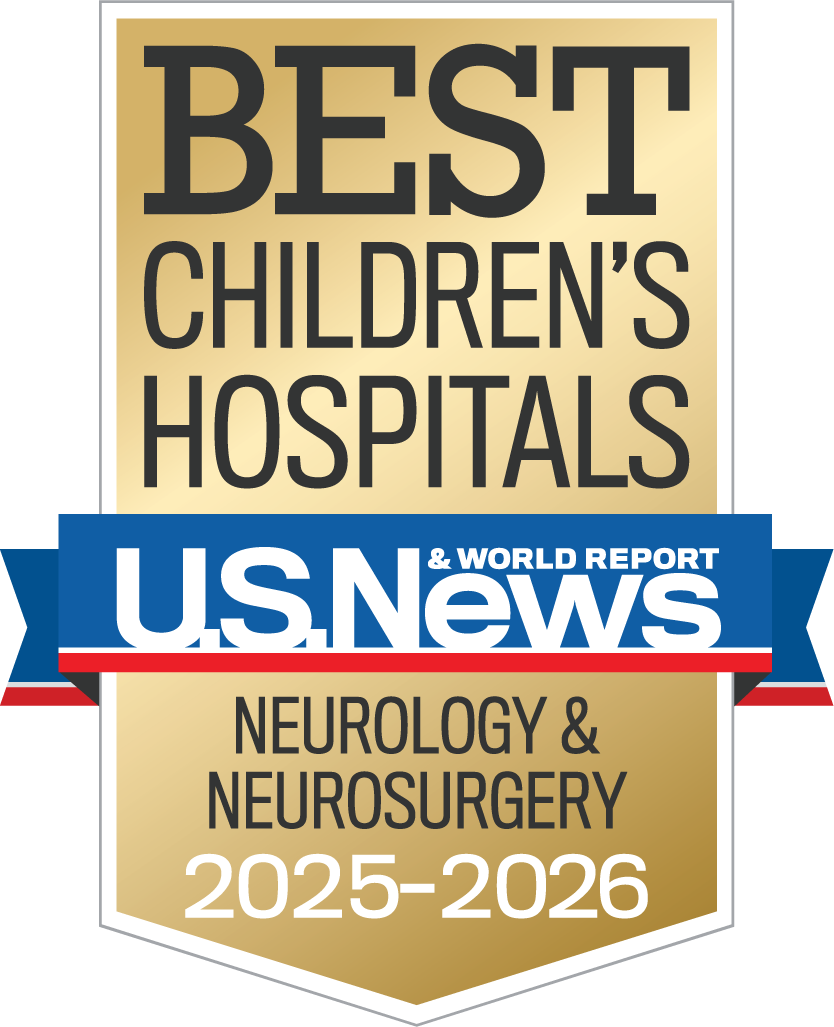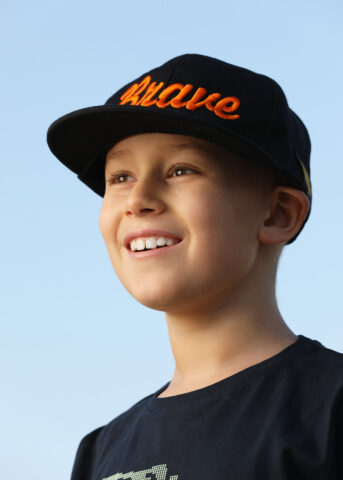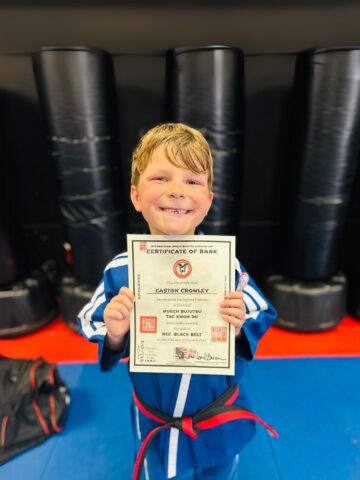When your child complains of a headache, it can be anything from a plea to stay home from school to avoid a test, to a sign of something more serious. But how can you tell the difference?

Dr. Sharief Taraman, a pediatric neurologist at CHOC, offers advice on what parents can do to keep headaches at bay, the importance of identifying a pattern in your child’s headaches, options for treatment, and what types of headache warrant a trip to the emergency department.
First, it’s important to be able to identify what type of headache your child may be suffering from.
What type of headache does my child have?
Migraine symptoms in kids
At least 5 attacks that meet the following criteria:
- Headache lasting 1 – 72 hours
- Headache has at least two of the following features:
- Pain on both sides or only one side of the head
- Pain is pulsating
- Moderate to severe intensity
- Aggravated by routine physical activities
- At least one of the following:
- Nausea and/or vomiting
- Sensitivity to light or noise
If your child has more than 15 headache days per month over a three-month period, and at least half of those are migraines, they may be suffering from chronic migraines.
It’s a common misconception to assume that only adults suffer from migraines, which isn’t true, says Dr. Taraman. If your child has migraines, they are not alone. About 1 out of every 20 kids, or about 8 million children in the United States, gets migraines. Before age 10, an equal number of boys and girls get migraines. But after age 12, during and after puberty, migraines affect girls three times more often than boys.
Tension headache symptoms in kids
- Headache lasting from 30 minutes to seven days
- Headache has at least two of the following characteristics:
- Pain in two locations
- Pressing or tightening feeling (not a pulsing pain)
- Mild to moderate intensity
- Not aggravated by routine physical activity such as walking or climbing stairs
- No nausea or vomiting – many children experience a loss of appetite
- Either sensitivity to light or sensitivity to sound
- Tension headaches occur most often in children ages 9-12
Cluster headache symptoms in kids
- At least five headaches that meet the following criteria:
- Severe pain in one location: within the eye, above the eyebrow, or on the forehead, that lasts from 15 minutes to three hours when left untreated
- Headache is accompanied by at least one of the following symptoms on the same side of the body as their pain:
- Conjunctival injection and/or lacrimation
- Nasal congestion and/or excess mucus in the nose
- Eyelid swelling
- Forehead and facial swelling
- Droopy eyelid and/or small pupil
- A restlessness or agitation
- Cluster headaches usually start in children at around 10 years old
Post traumatic headache symptoms in kids
- Acute post traumatic headache: lasts less than three months and caused by a traumatic injury to the head
- Persistent post traumatic headache: lasts more than three months and caused by a traumatic injury to the head
- Both acute and persistent headaches develop within one week of: the injury to the head, regaining of consciousness following injury to the head, or discontinuing medicine that impairs the ability to sense a headache following a head injury
- Extended recovery risk factors:
- Prolonged loss of consciousness or amnesia
- Females
- Initial symptom severity
- Premorbid history of ADHD, mood disorders, and migraines
Sleep apnea headache symptoms in kids
- Typically occurs in the morning
- Pain is present on both sides of the head
- Lasts more than four hours
- Not accompanied by nausea, nor sensitivity to light or sound
Medication overuse headache symptoms in kids
- Headaches on 15 or more days per month
- Takes over-the-counter medication for headaches more than three times per week over a three-month period
- Headache has developed or gotten worse during medication overuse
- Pattern of headaches resolves or improves within two months after discontinuing the overused medication
What to do when your child has a headache
A variety of non-medical interventions can be helpful for children who are suffering from headaches. These non-medical interventions for headaches include: ice packs; warm baths; taking a nap in a cool, dark room; neck and back massage; and taking a walk.
Parents shouldn’t be tempted to immediately turn to medication such as ibuprofen or naproxen, says Taraman. Over-the-counter pain medications (such as Tylenol or Motrin) should be limited to no more than three days per week with no more than two doses per day, in order to avoid medication overuse headaches. Follow the dosing instructions on the label and ask your child’s pediatrician or pharmacist any questions before beginning a treatment regimen.
How to avoid headaches
There are a number of things parents can do to prevent headaches, says Dr. Taraman. These include:
- Have a regular bedtime and wake-up time
- Regular daily exercise
- Properly hydrate. On a typical day, kids up to age 8 should drink the number of 8 oz. cups of water equal to their age. For example, a five-year-old should drink five 8-oz. glasses of water every day.
- Avoid known triggers. For some people, this includes certain foods. Learn more about eating a low-tyramine diet for migraine relief.
- Make sure you are aware of your stress levels. Learn how practicing mindfulness and listening to guided imagery can help manage stress.
How to talk to your pediatrician about your child’s headaches
Keep a journal of your child’s headaches so you can identify a pattern, and show your child’s primary care physician. If you don’t have a primary care provider, find one near you. In your headache journal, keep track of:
- Headache start date and time
- What happened just before the headache?
- How much did your head hurt, on a 0-10 pain scale?
- Where did your head hurt?
- What did you feel just before and during the headache?
- What did you do to make yourself feel better?
- Did you feel better, on a 0-10 pain scale?
- Headache end date and time
Your child’s pediatrician may adjust your child’s diet, headache hygiene routine, or their NSAID regime. In some cases, your primary care provider may refer you to a pediatric neurologist, who have specialized training in the nervous system (brain, spinal cord, muscles and nerves), who work in tandem with imaging and other specialists and pediatricians as necessary.
Patients should immediately be taken to the emergency department for some headaches including:
- Thunderclap headache: severe, sudden onset of pain that occurs anywhere in the head, and grabs your attention like a clap of thunder. Pain usually peaks within 60 seconds to a few minutes.
- Any headache that comes with weakness or numbness on one side of the body, or changes in consciousness or awareness.
- Blurred, double or loss of vision that persists after the headache resolves.
Get more expert health advice delivered to your inbox monthly by subscribing to the KidsHealth newsletter here.

Learn more about CHOC’s Neuroscience Institute
CHOC Hospital was named one of the nation’s best children’s hospitals by U.S. News & World Report in its 2025-26 Best Children’s Hospitals rankings and ranked in the neurology and neuroscience specialties.






